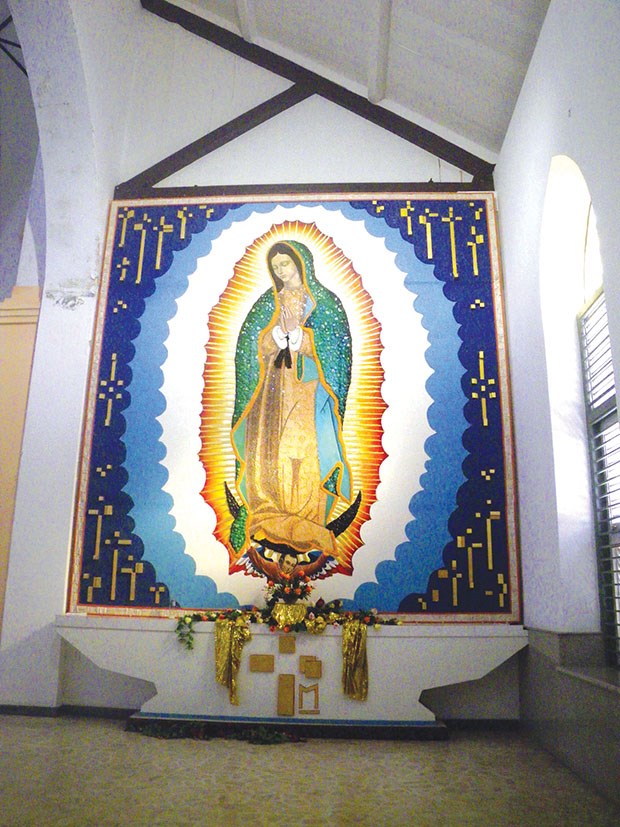Disembarking our cruise ship at Curacao feels a bit like stepping into fairyland. Impossibly turquoise waters sparkle. Dutch-styled buildings in paint box colours bedazzle. And locals warmly welcome us with, “Bon Bini.”
Air-conditioned taxis whisk us across the elegantly arched Queen Juliana Bridge to Fort Amsterdam, right in the heart of old town Willemstad.
Once guarding against enemy ships and pirates, this 1635 citadel still overlooks the harbour’s entrance.
Front seats in the pink open-air Trolley Train seem perfect for our narrated city tour. Guide Rosa begins, “Though typical throughout Western Europe, here in the Caribbean Willemstad’s colonial buildings are unique.”
Chugging on along Sha Caprilleskade, she points out wooden boats from Venezuela, 19 kilometres away. Docking together, they form the renowned Floating Market.
“Vendors have sold fresh fish, fruit, vegetables, honey and cigars from their boats for decades, a trade handed down for generations.”
Across the Queen Wilhelmina drawbridge, we visit a street of picturesque mansions built in Scharloo neighbourhood during the 1880s. Rosa recounts, “Surprisingly, all buildings were once just whitewashed, until one governor complained about the blinding effects. As the story goes, he ordered multicolored exteriors... and so the paint company owner became rich!”
A stop at the ornate green Wedding Cake House allows us a photo op at Willemstad’s most photographed building, now home to Central Historical Archives. One classy red manor house has become the Venezuelan Embassy. And at the end of the street, a gold home with red-tiled roof is Curacao’s Radio Hoyer.
In a traffic circle on our way to the island’s largest cathedral, we sight Simon Bolivar’s imposing statue, a courageous man who lived in Curacao while working to liberate the region’s Spanish colonies.
A stop at Our Lady of the Holy Rosary reveals a surprisingly austere, gold-ochre exterior. Inside, we find the cathedral to be bright and airy. And in one alcove, an artist from Guadeloupe used broken glass and recycled plastics to create a magnificent mosaic of Mary.
Passing by Mikve Israel Emanuel, we learn that it replaced an earlier synagogue in 1865 and was in continuous use until 1964. In colonial times, Sephardic Jews found religious freedom in Curacao, developing into a thriving community by the mid-17th century.
Sculptures, including charming statuary of other early settlers, decorate sidewalks along Willemstad’s narrow, orderly shopping streets that face Santa Anna Bay.
Ending back at Fort Amsterdam where we began, a stroll through the citadel’s shaded courtyard reveals a historic Protestant church, nowadays a museum.
The current government offices are next door and the Governor’s Palace sports a black mark high on the front wall. “That hole recalls a British cannonball fired in 1804 during a month-long siege,” Rosa says, smiling. “It memorializes our victory.”
With World Heritage status and Spanish, Dutch, British and Jewish heritage, Willemstad proves an extraordinary southern Caribbean port, making Curacao a delightful destination for visitors.
Travel Writers’ Tales is an independent travel article syndicate that offers professionally written travel articles to newspaper editors and publishers.



